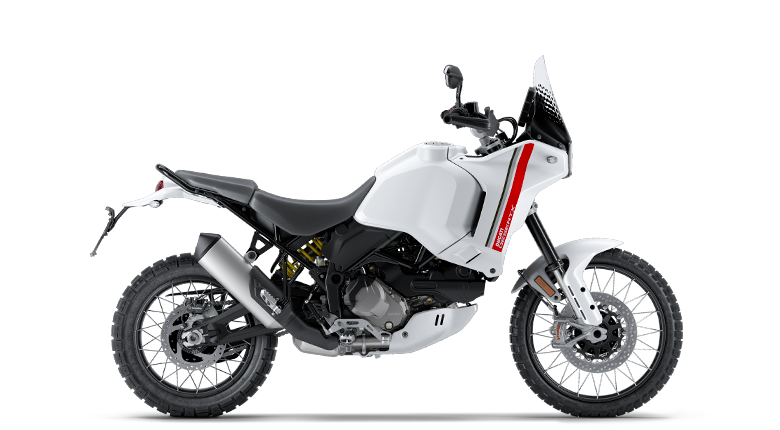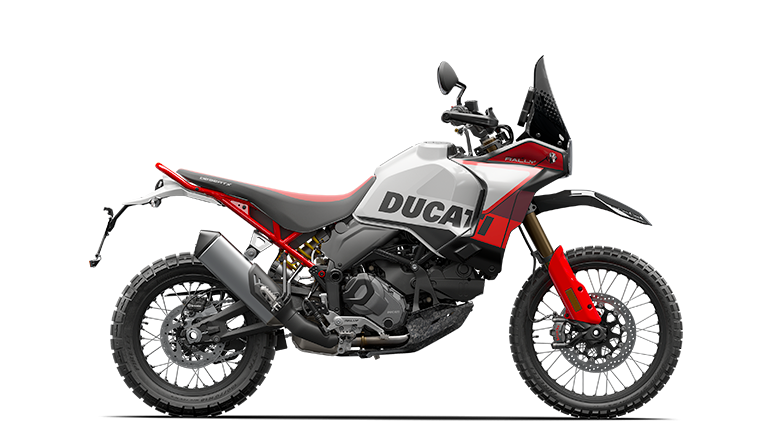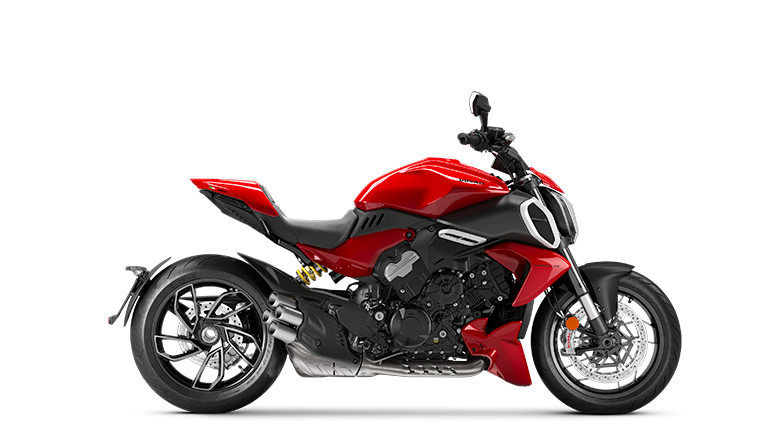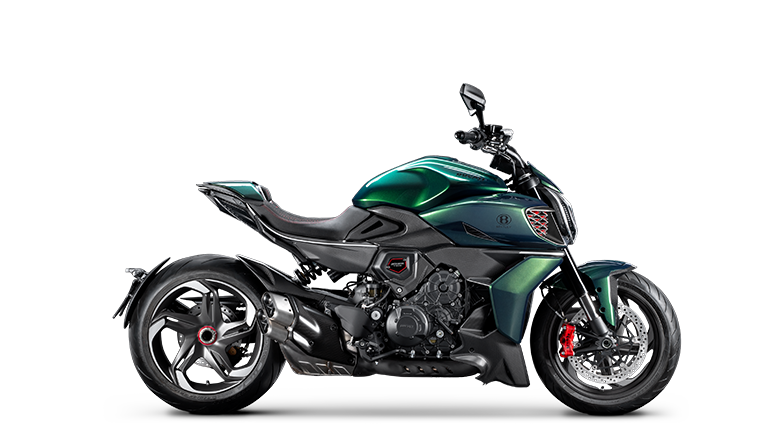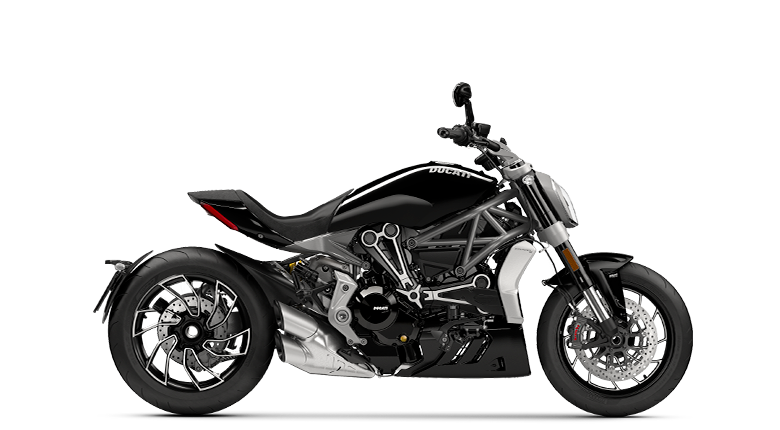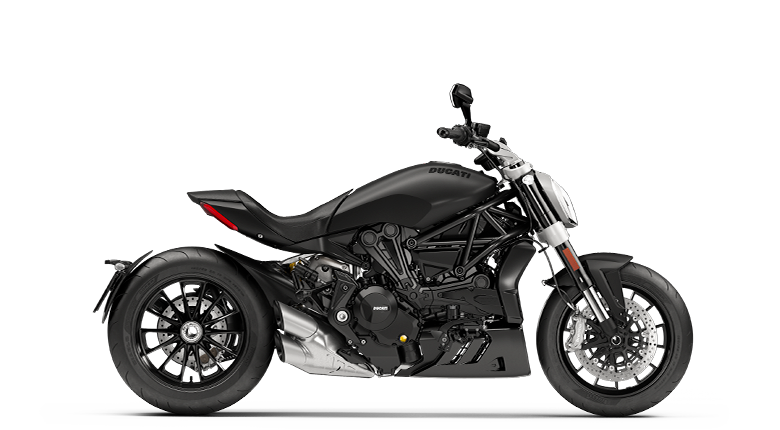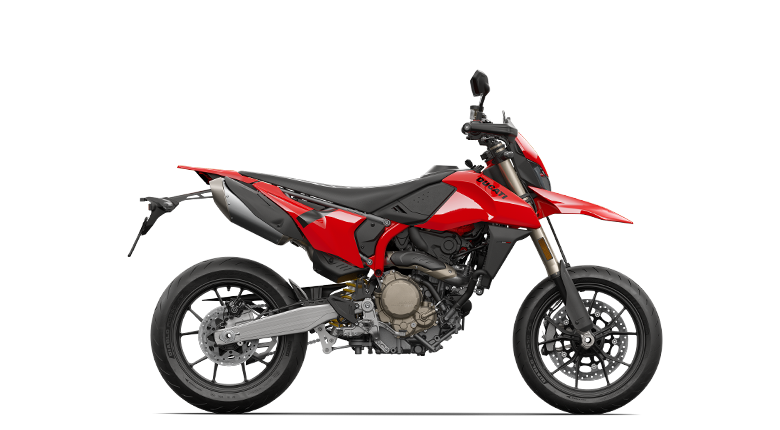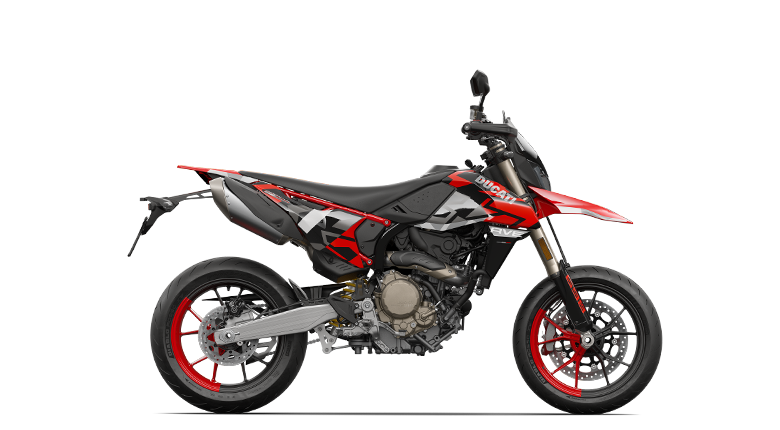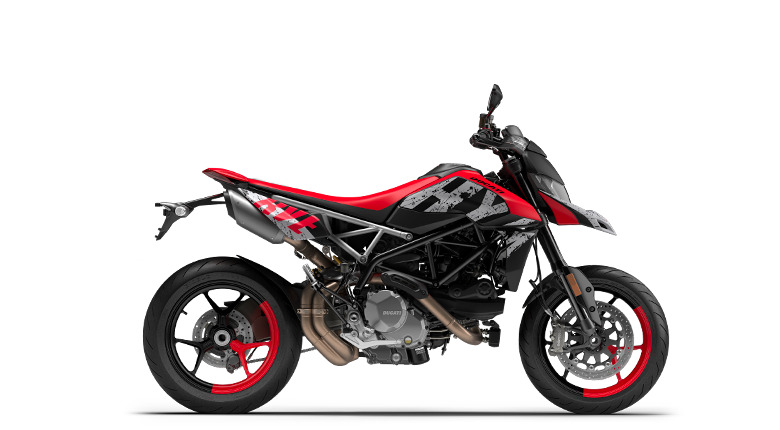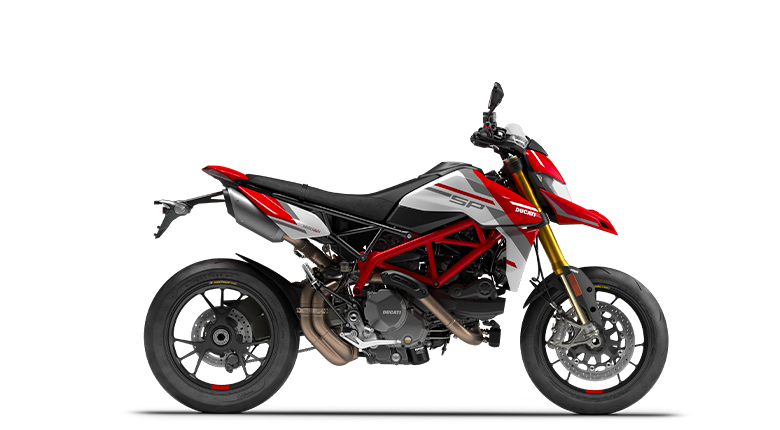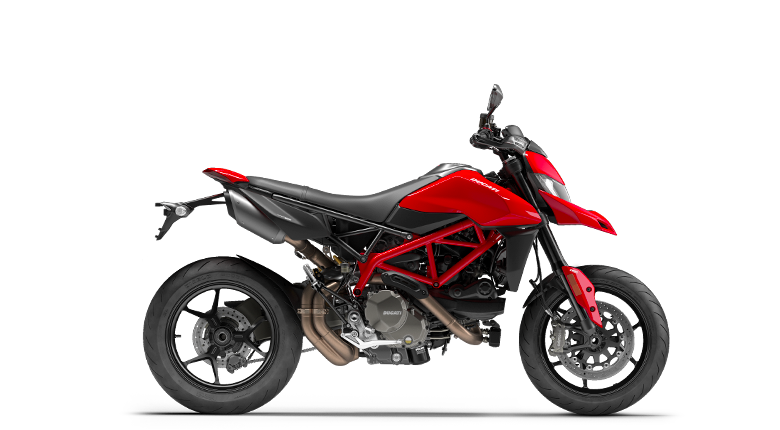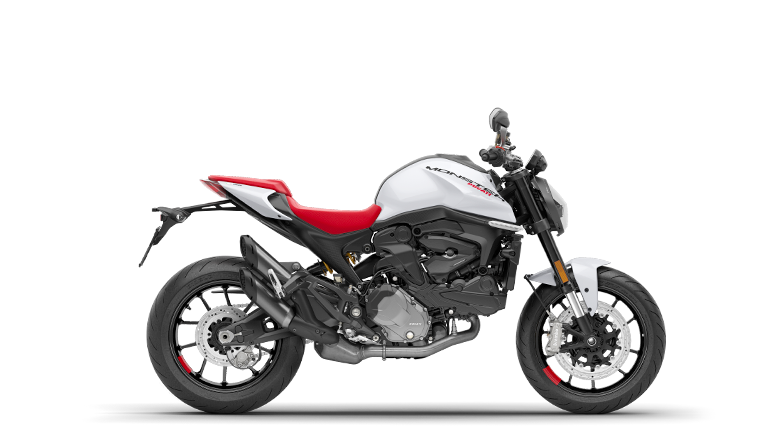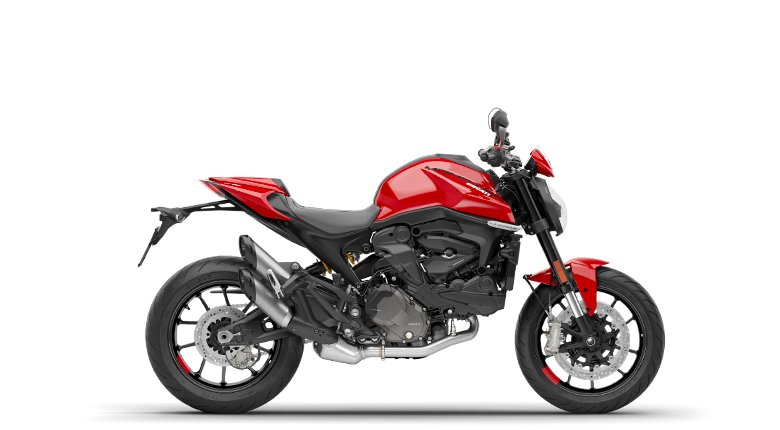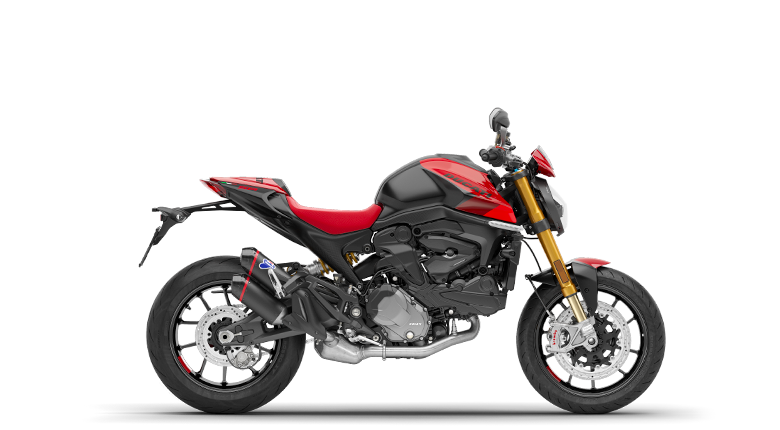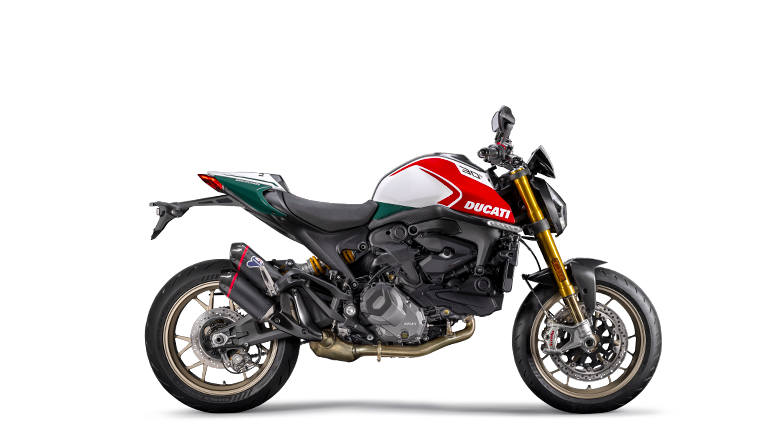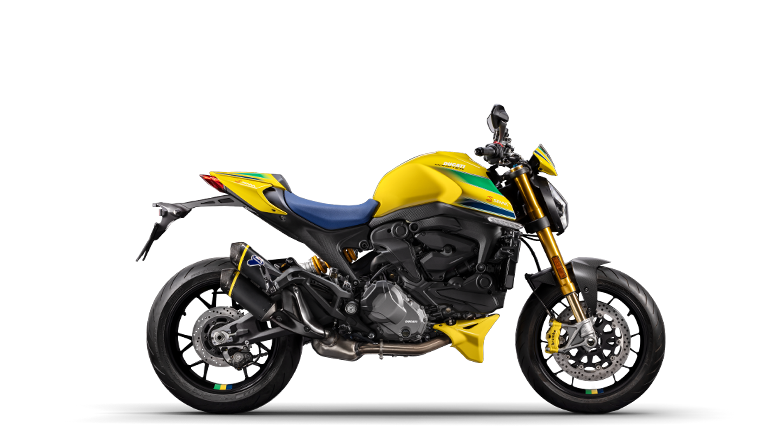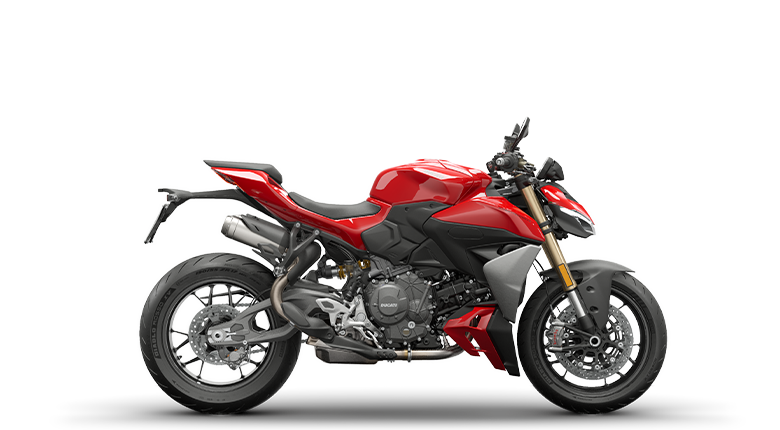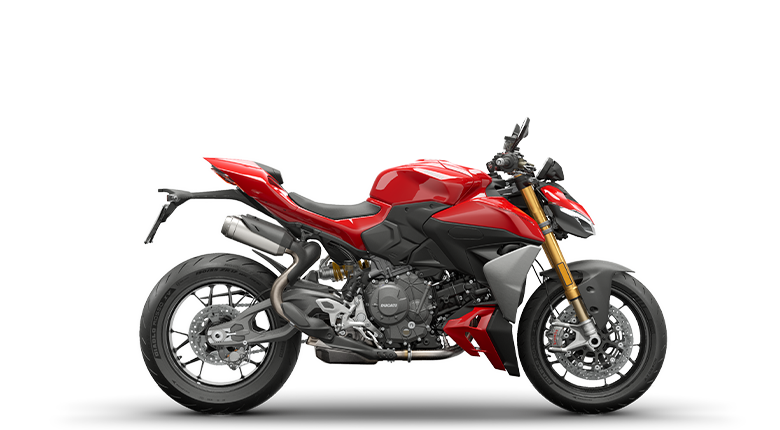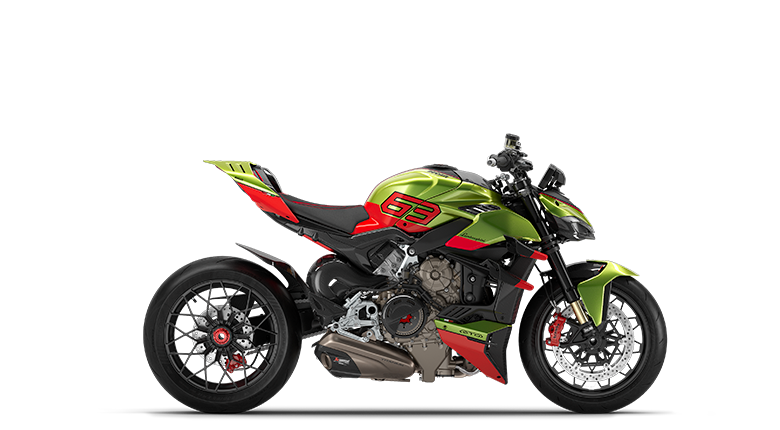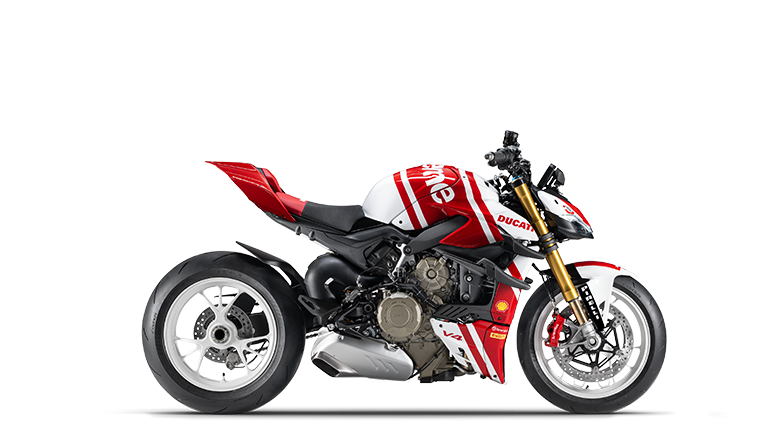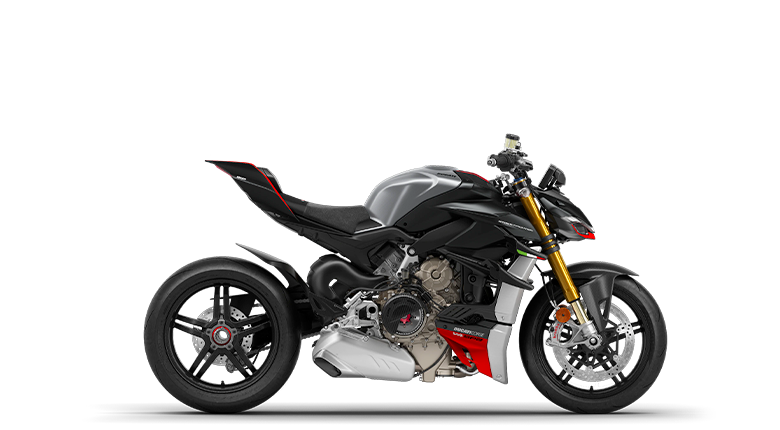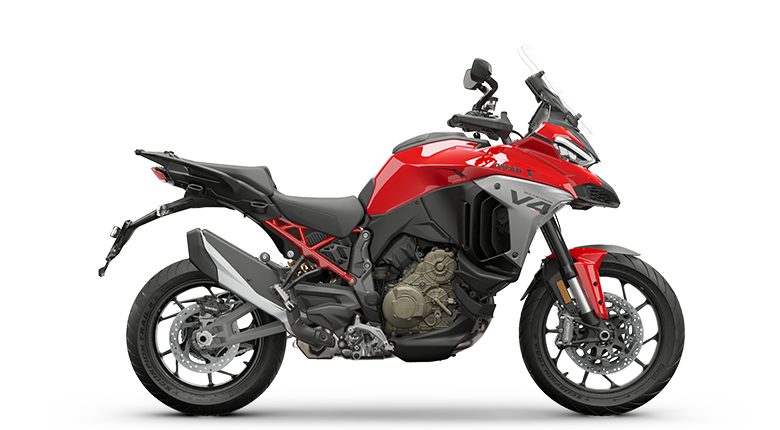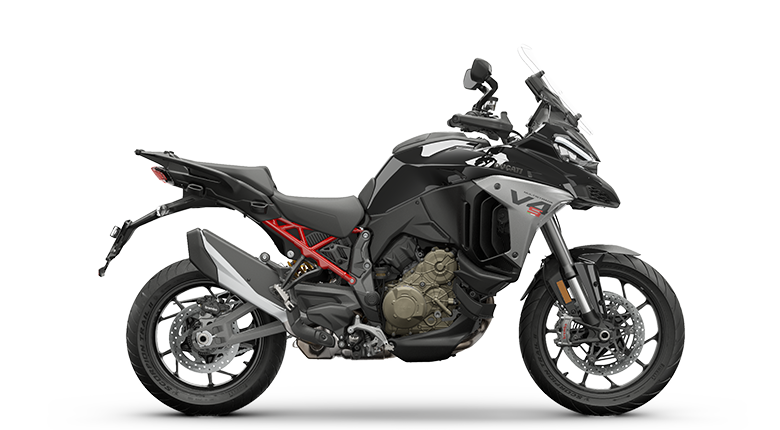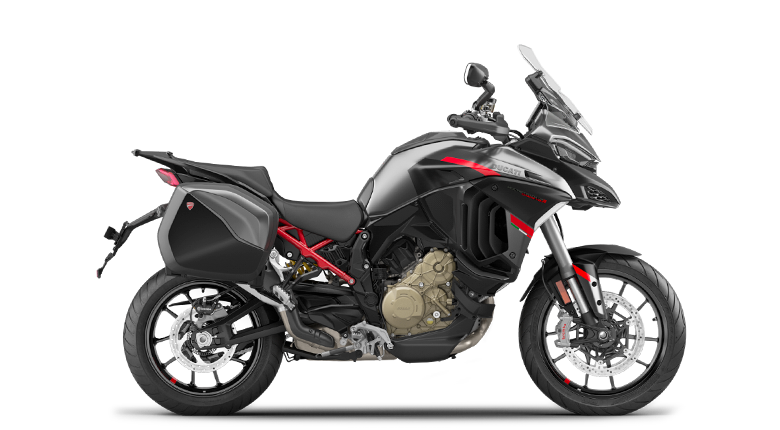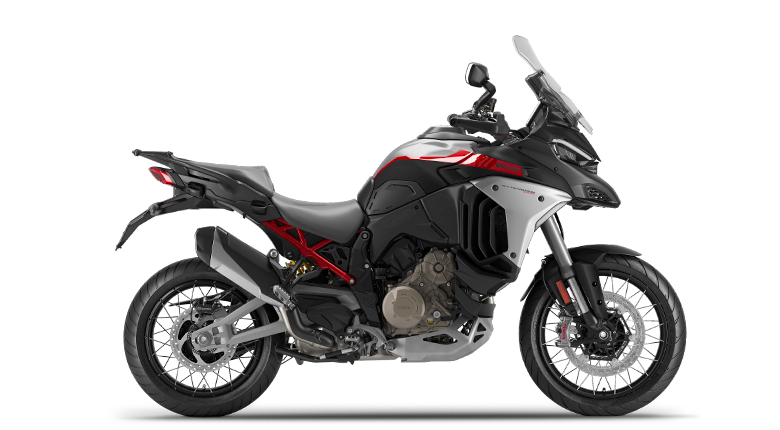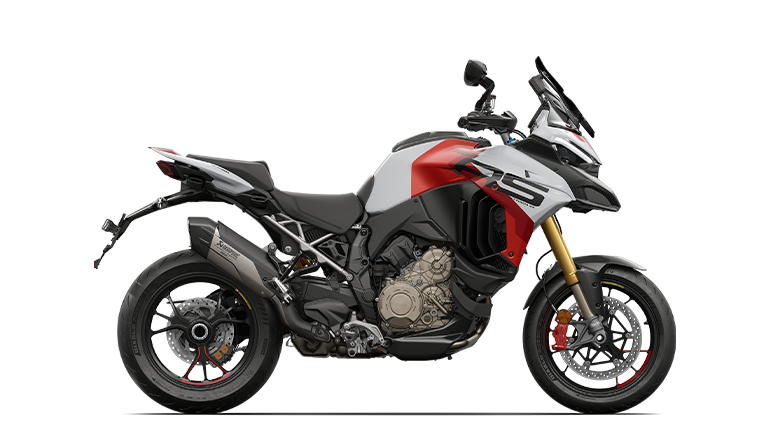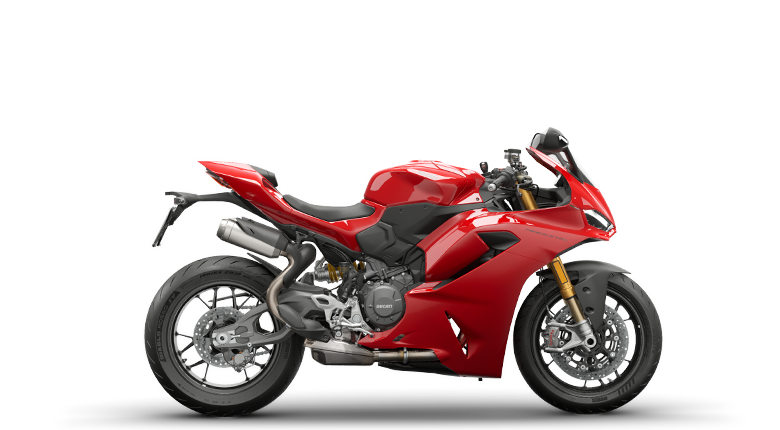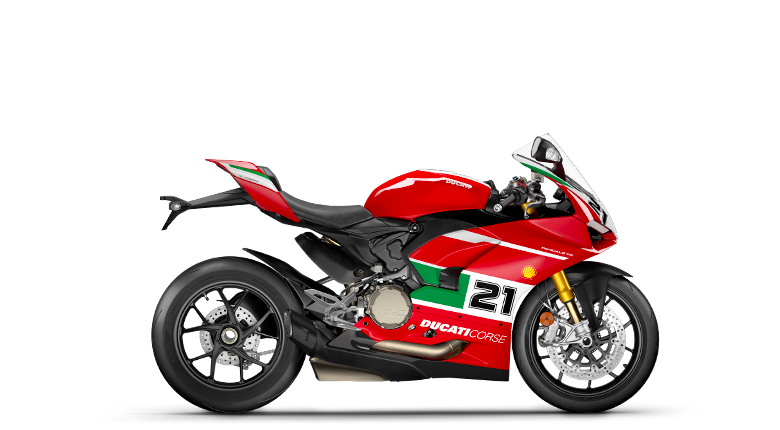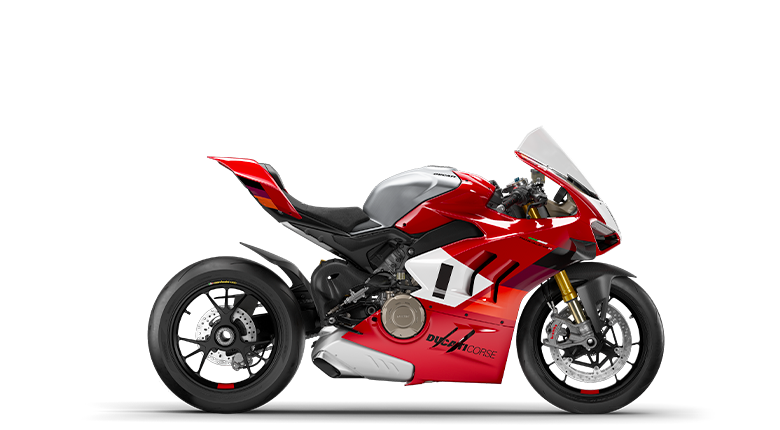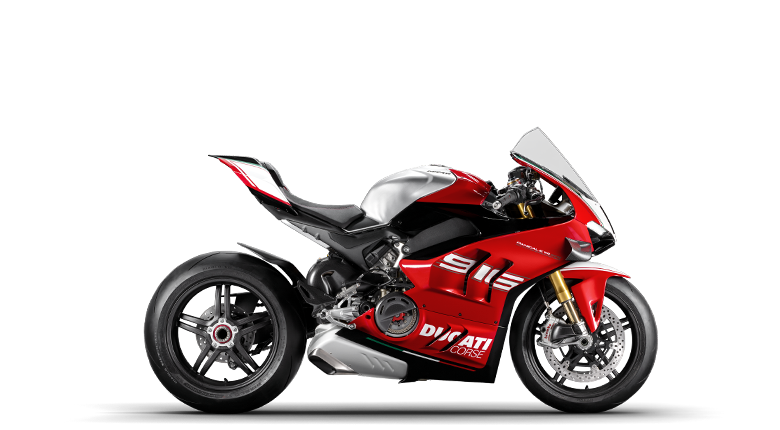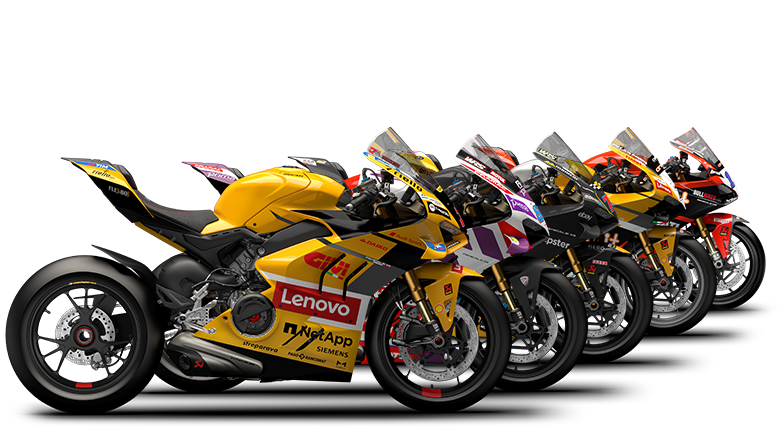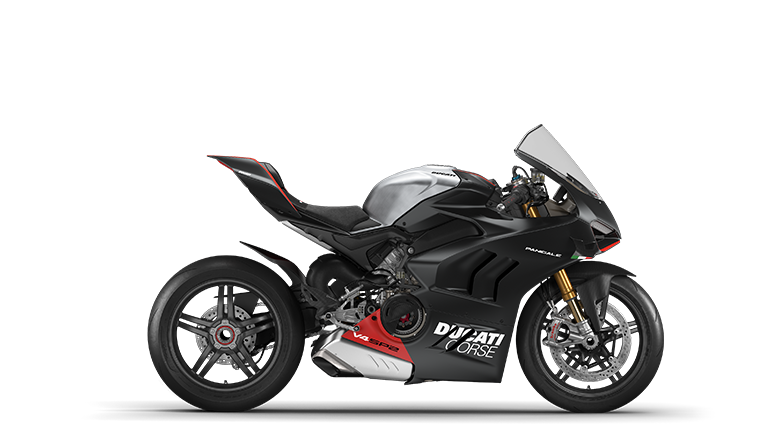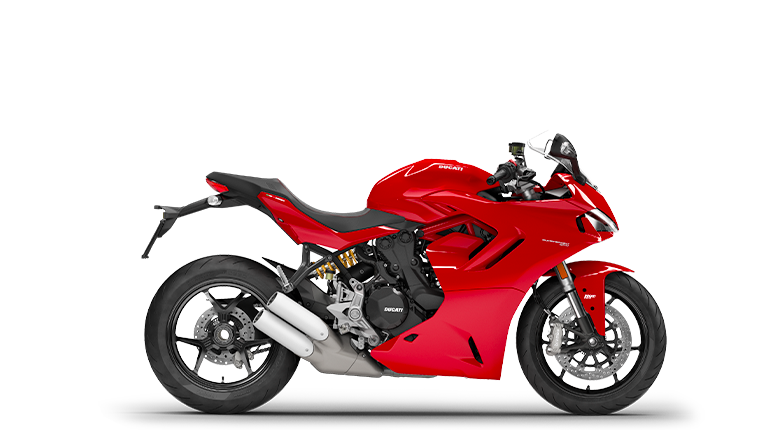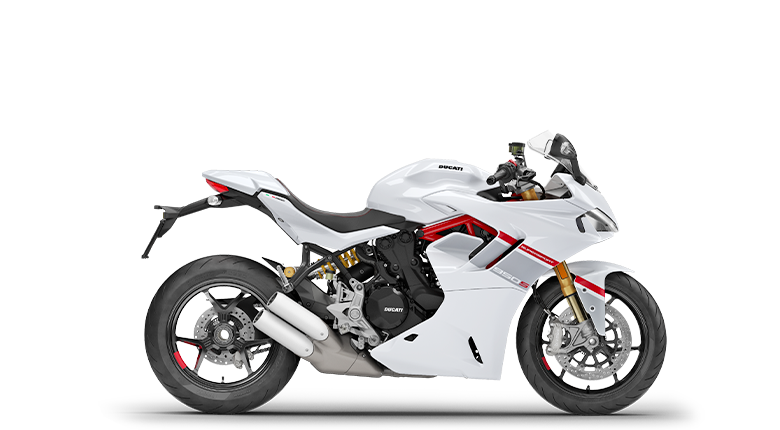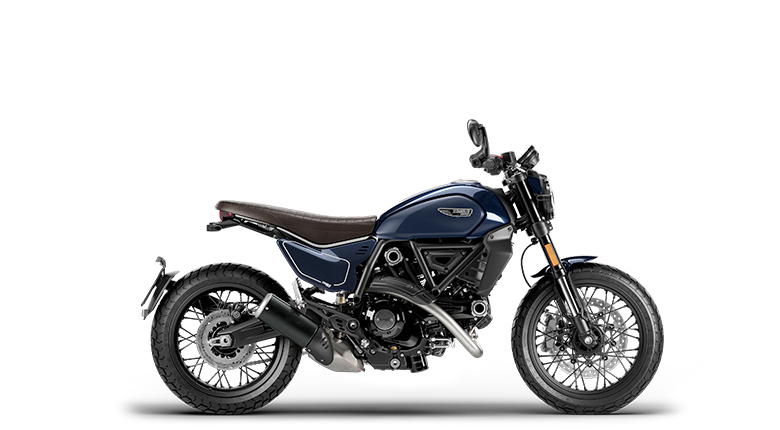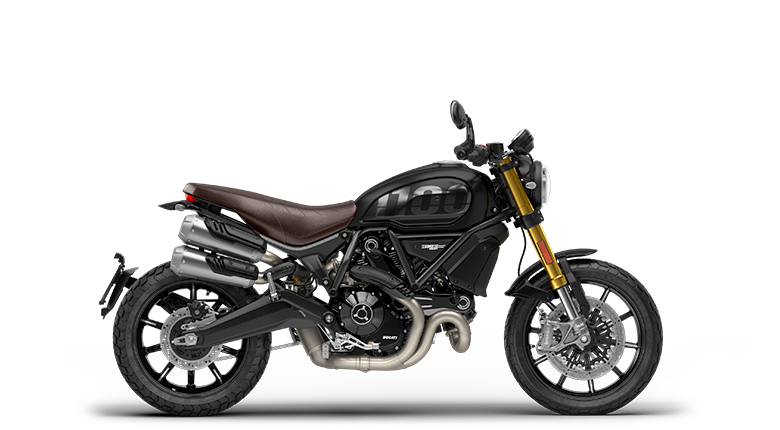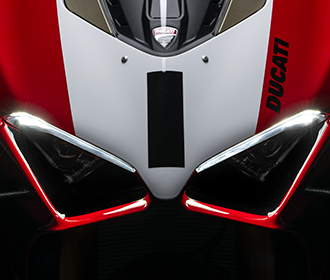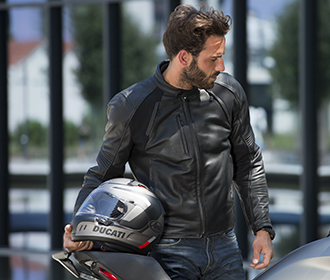500 GP Twin-cylinder
After a decade during which the racing activity was carried forward by privateer teams, Ducati made its official return to competition in 1971, competing in the 500 cc class with the 500 GP twin. The goal was to race against the best motorcycles on the international stage.
Ducati developed its first twin-cylinder race bike, which featured a 500 cc 90° L-shaped engine with bevel gear timing.
It made its debut in the Italian championship with riders Bruno Spaggiari and Ermanno Giuliano and competed in the GP of Nations at Monza with Phil Read.
The fans were excited to see Ducati return to racing; their favourite brand was finally back in its natural habitat.
Taglioni used the “prototype” sand cast crankcase that he had created for his first experiments on the 750. To this he applied two thermal parts of the 250 single-cylinder (with springs, not desmo). To optimise engine efficiency, he also added a sixth gear.
|
|
|
|---|---|
|
Displacement |
496,92 cc |
|
Maximum power |
72 hp at 1100 rpm |
|
Maximum speed |
250 km/h |
|
Dry weight |
138 kg |
The Ducati 500 GP was developed in just six months, but immediately showed its potential when it debuted in the race at Modena. The two riders, Spaggiari and Giuliano, offered a taste of something significant aboard their Ducati bikes, though unfortunately small problems forced them to retire before reaching the finish line. In the very next race, at Imola, Spaggiari again had to retire, while Giuliano finished just behind Agostini and his matchless MV three-cylinder.
Despite having not yet expressed its full potential, the bike had proved competitive right from the start. And so the Borgo Panigale manufacturer set about finding a rider capable of fully exploiting the 500 GP.
The choice fell to Mike Hailwood but, as the English rider was unavailable, another Brit by the name of Phil Read climbed aboard the twin.
Read was able to place second behind Ospitaletti and also competed in the world championship at Imola, where he lay second for a long time before suffering gear issues and ultimately finishing fourth.
The road and race bikes that have made Ducati history over the years.
 日本
日本
 DesertX
DesertX Diavel
Diavel
 XDiavel
XDiavel Hypermotard
Hypermotard
 Monster
Monster Streetfighter
Streetfighter Multistrada
Multistrada Panigale
Panigale SuperSport
SuperSport
 Scrambler
Scrambler OFF-ROAD
OFF-ROAD
 LIMITED SERIES
LIMITED SERIES

